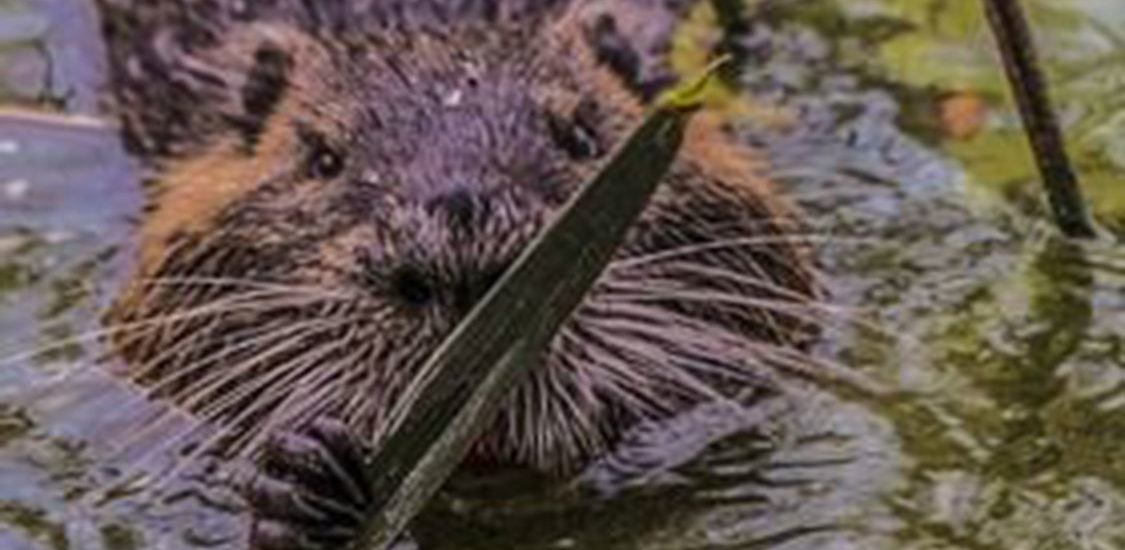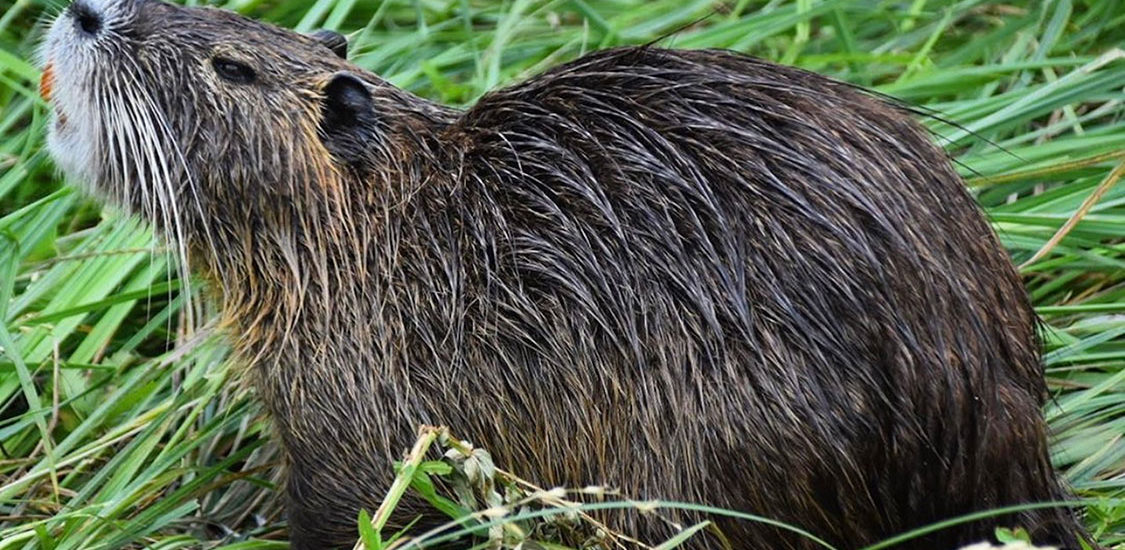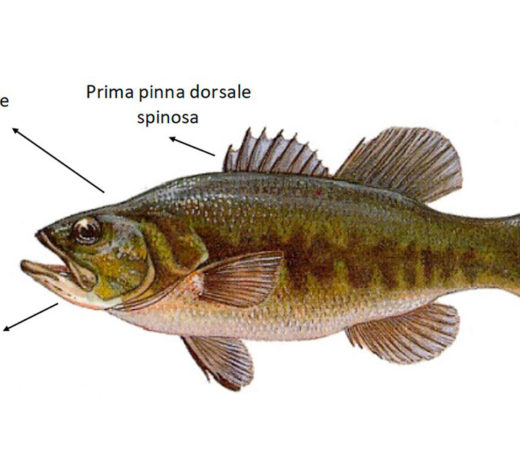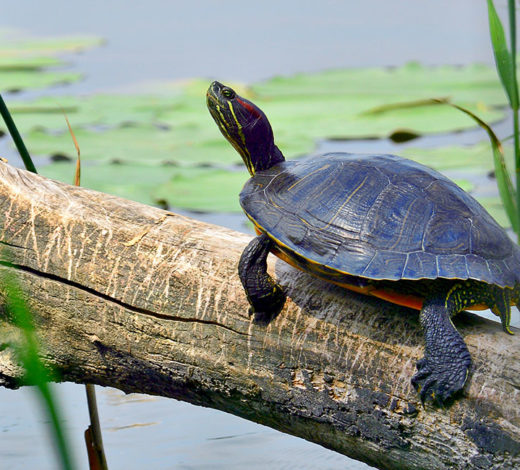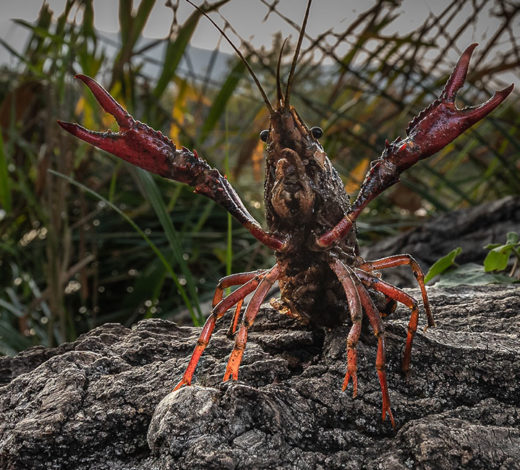Nutria
(Myocastor coypus)
An invasive species. Nutrias are large aquatic rodents also known as copyus.
Distribution
They are originally from South America, from Paraguay and Central Bolivia south to Tierra del Fuego. In Italy, the species is currently found in a large part of Central Italy and the Po Plain, including Lombardy. Their presence is more limited in Southern Italy and the islands, except for Southern Sardinia, where they are quite widespread.
Description
Large rodents with a stout, robust body. Their fur consists of long rigid hairs with a dun or brownish-red colour.
Habitat
Starting in the early 1800s, a strong demand for nutria fur, marketed under the name ‘copyu’ led to a notable reduction of the species in its original area. In the early 1900s, therefore, breeding farms were also created in Europe, from which some animals escaped or were freed deliberately, thus creating stable populations on nearly the entire continent. They were first imported into Italy 1928, but the breeding farms from which they came flourished especially in the 1960–80s. Similar dynamics occurred in North America. The species, considered by the International Union for the Conservation of Nature (IUCN) as among the top 100 most dangerous invasive species in the world, was included on the list of Invasive Alien Species approved by the European Commission. These animals can lead to a drastic reduction in aquatic vegetation, causing serious imbalances in the local ecosystem and damage to human activities, especially for their tendency to dig burrows in the banks of waterways.
Observation in the Torbiera Reserve
This large rodent can be seen while it swims in the water in the Reserve or nibbles the grass close to the ponds.
